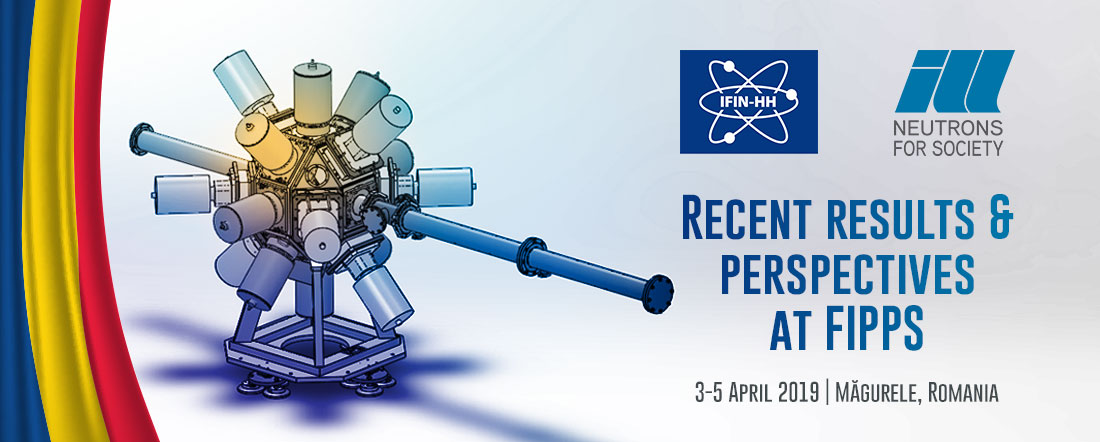Speaker
Description
The upcoming high brilliance gamma beam facility at ELI-NP (Extreme Light Infrastructure – Nuclear Physics) will open up a new horizon on nuclear physics research by photo-induced nuclear reaction mechanisms. One of the processes, Nuclear Resonance Fluorescence (NRF), is a very effective way to measure and study basic nuclear properties. The NRF process is highly important as both the excitations and de-excitations of nuclear states are carried out by electromagnetic interaction, which is the best understood interaction in nature.
The gamma-rays will be detected by the state-of-the-art multi-detector array ELIADE (ELI-NP Array of DEtectors) comprising of segmented HPGe clover detectors and large volume CeBr3 detectors. The design of the array is highly flexible so that it can be easily transported between the high- and low-enregy gamma beam areas inside ELI-NP lab according to the requirement of the experiments. Digital sampling data acquisition systems with a global clock synchronization for all
digitizers will be utilized for the data handling. Two type of digitizers [V1725 (type α) and V1730 (type β)] from CAEN will be used for different detectors. The type α digitizers (16 channel/module) have a resolution of 14 bit with sampling rate of 250 MS/s and will be used for Clover detectors, whereas the type β (8 channel/module) will be used for CeBr3 and have 12 bit resolution with a sampling rate of 500 MS/s. Data acquisition control will be carried out by MIDAS Software (Developed at STFC, Daresbury, UK). For minimization of EMI/EMC effect on the signal transmissions, the single-differential-single transmission system will be utilized for all the signals from the detectors end to the front-end electronics.
The combination of a high brilliance gamma beam and an advanced detection system will make it possible to explore new and exciting phenomena in nuclear physics. Status of the different aspects associated with the ELIADE set-up are reported during the presentation. This work is partially supported by the BMBF (05P18PKEN9).

